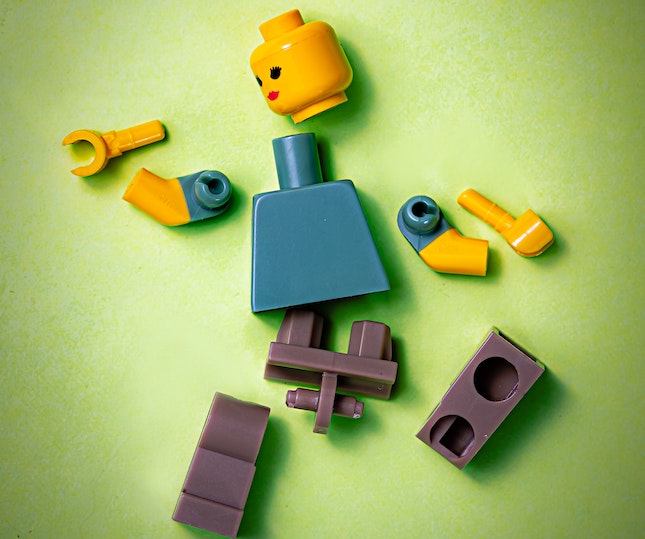Take Apart Your Sleuth to Set Up Problems in Your Mystery

Challenge Your Detective’s Traits
A sleuth protagonist in a traditional mystery may not have a character arc per se. Unlike many genres, your sleuth does not need to “learn a lesson” as the story progresses.
But, you can deepen the character and make events in the story feel emotionally challenging by matching character traits and obstacles opposite to the trait to elicit an understanding of your character for your reader.
The first lesson in Write A Killer Mystery approaches detailing your novel’s detective. You establish your sleuth’s character traits. Of course, one of your sleuth’s traits is their ability to solve a crime.
As you put together your protagonist’s strengths and weaknesses, you are also setting up ways to challenge your sleuth by playing off those strengths and weaknesses.
Find the Opposite of Each Trait
In order to set up challenges for your sleuth that feel integral to your story, you want to create problems that play off both the strengths and weaknesses. Even with strengths, you can have too much of a good thing in the wrong situation. And you can expose weaknesses as you create opposition through settings and other characters.
Examples of opposites:
Strength = critical thinking. Opposite = overthinking when it’s time for action.
Weakness = soft spot for kids and kittens. Opposite = dealing with a kid that lies with charm.
Strength = physical strength. Opposite = bull in a china shop approach to a crime scene.
You get the idea.
Brainstorming Traditional Novel Obstacles
Even if they turn out to be wrong, as your sleuth solves the crime they create plans and goals for reaching their objective.
Let’s look at some ways to use traditional storytelling obstacles and match them up with your sleuth’s strengths and weaknesses.
Intellectual
Intellectual obstacles are part and parcel of challenging your sleuth’s critical thinking skills. Your sleuth must discern the false clues from actual evidence. And they need to sort through the information from suspects often hidden by lies and misdirection.
So if you have a smart sleuth, think of ways that seem plausible and logical that lead your sleuth in the wrong direction. These result in disappointment and frustration.
Physical
If your sleuth hates the heat and doesn’t function well, crank up the temperature. If your sleuth is diminutive and uses their thinking skills, match them with a locked door they must enter. The idea is to find a physical challenge that impacts your sleuth’s physical limitations.
Social
Whatever your sleuth’s social background, pit them against someone from another social strata. You sleuth will need to deal with the other character’s misperceptions of who they are. And, vice versa, your sleuth may be uncomfortable surrounded by the very poor, or feel resentment when confronted by people with power.
Emotional
Emotional challenges create powerful connections with your reader. Pit your sleuth’s emotional challenges against not only their external goal to find the villain, but their uncertainties and foibles in personal interactions with friends and peers.
Does your sleuth shy away from emotional entanglements? Commitment reluctant? But then they meet someone they like? Do they mess it up to keep from being committed? If they are afraid of heights, do you put them at the top of a tower chasing the villain?
Political
Even if your sleuth believes they are apolitical, politics impacts their investigation. From internal politics in a law enforcement agency to powers-that-be intruding into the investigation, challenge your sleuth with power politics.
Why Matching Challenges to Traits Works
When you take the character-based approach to creating challenges for your mystery sleuth, you deepen the character and build reader connection with your protagonist.
Challenges matched to your sleuth’s character traits imply an organic feeling to the storyline. Rather than simply creating new challenges, you create obstacles based on your character’s personality.
The conflicts feel personal to your reader who is rooting for your sleuth. So, the twists that lead your detective in a new direction, or temporarily knock them sideways, become integral to understanding your character.
And when you are stuck for a new twist, look for a character trait and brainstorm a conflict that opposes that trait.
Photo by Jackson Simmer on Unsplash




